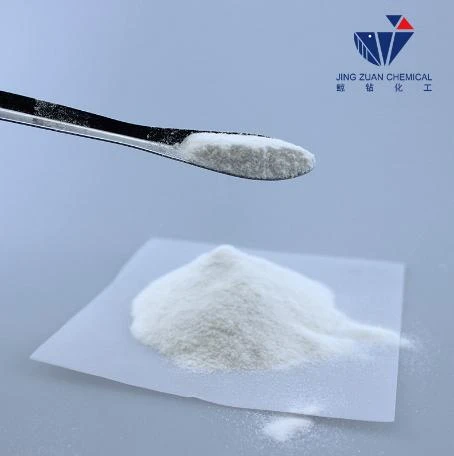
Nov . 28, 2024 03:48 Back to list
HPMC Manufacturing Process and Applications in Various Industries
The HPMC Factory Innovations in Hydroxypropyl Methylcellulose Production
In recent years, the demand for Hydroxypropyl Methylcellulose (HPMC) has experienced significant growth across various industries. From pharmaceuticals to construction and food production, HPMC plays a crucial role as a versatile ingredient. This article explores the inner workings of an HPMC factory, highlighting its importance, production processes, and future prospects.
Understanding HPMC
Hydroxypropyl Methylcellulose is a non-ionic, water-soluble polymer derived from cellulose. Its unique properties make it an essential material in many formulations. In the pharmaceutical industry, HPMC is often used as a binder and disintegrant in tablets, ensuring drug efficacy and stability. In construction, it acts as a thickening agent and improves workability in mortar and cement mixtures. Additionally, HPMC serves as a food additive, providing emulsifying, thickening, and stabilizing characteristics.
The HPMC Production Process
The manufacturing of HPMC involves several key steps, each designed to ensure the purity and quality of the final product. The typical production process includes the following stages
1. Cellulose Sourcing The process begins with sourcing high-quality cellulose, which is the primary raw material. The cellulose is often derived from wood pulp or cotton linters, ensuring a renewable and sustainable source.
2. Alkali Treatment The cellulose is subjected to an alkaline treatment, typically using sodium hydroxide (NaOH). This step is crucial as it swells the cellulose fibers, making them more reactive for the next step.
3. Etherification After alkali treatment, the cellulose is etherified using propylene oxide in the presence of a catalyst. This reaction introduces hydroxypropyl and methyl groups into the cellulose structure, transforming it into HPMC. The degree of substitution and the ratio of hydroxypropyl to methyl groups can be adjusted to tailor the properties of the final product for specific applications.
4. Neutralization and Purification Following etherification, the product is neutralized to remove any residual alkali. Purification processes, such as washing and filtration, are then carried out to ensure the removal of impurities and achieve the desired viscosity and solubility characteristics.
hpmc factory

5. Drying and Milling Once purified, the HPMC is dried to remove any moisture content, and then milled into a fine powder. This powder is packaged for distribution, allowing for easy incorporation into various formulations.
Quality Control and Standards
Maintaining high-quality standards is critical in HPMC production, especially as it is used in sensitive applications like pharmaceuticals and food products. HPMC factories implement rigorous quality control protocols, including
- Raw Material Testing Ensuring that only the best quality cellulose is used in production. - In-Process Testing Monitoring key parameters during manufacture to maintain consistency. - Final Product Analysis Conducting tests such as viscosity measurements, solubility assessments, and purity checks before packaging.
Compliance with international standards, such as those set forth by the FDA and other regulatory bodies, is essential for HPMC manufacturers to ensure the safety and efficacy of their products.
Future Prospects
As the global market for HPMC continues to expand, driven by increasing applications in diverse sectors, the future of HPMC factories looks promising. Innovations in production technologies and methods are likely to enhance efficiency and reduce costs. Furthermore, as sustainability becomes a focal point for industries worldwide, HPMC factories are exploring eco-friendly production practices, including the use of renewable energy sources and biodegradable raw materials.
The rising trend towards plant-based and natural products also opens up new opportunities for HPMC manufacturers. By developing HPMC from sustainably sourced raw materials, factories can align with consumer preferences for environmentally responsible products.
Conclusion
The HPMC factory stands as a beacon of innovation, producing a material essential for numerous applications across various industries. With a commitment to quality and sustainability, these factories are poised to meet the growing demands of the market. As we move forward, advancements in technology and production practices will undoubtedly enhance the role of HPMC in our daily lives, confirming its position as a vital ingredient in the future.
-
Versatile Hpmc Uses in Different Industries
NewsJun.19,2025
-
Redispersible Powder's Role in Enhancing Durability of Construction Products
NewsJun.19,2025
-
Hydroxyethyl Cellulose Applications Driving Green Industrial Processes
NewsJun.19,2025
-
Exploring Different Redispersible Polymer Powder
NewsJun.19,2025
-
Choosing the Right Mortar Bonding Agent
NewsJun.19,2025
-
Applications and Significance of China Hpmc in Modern Industries
NewsJun.19,2025







